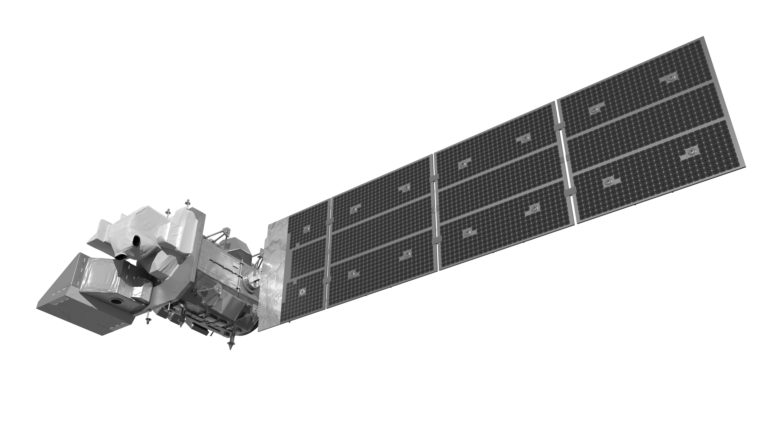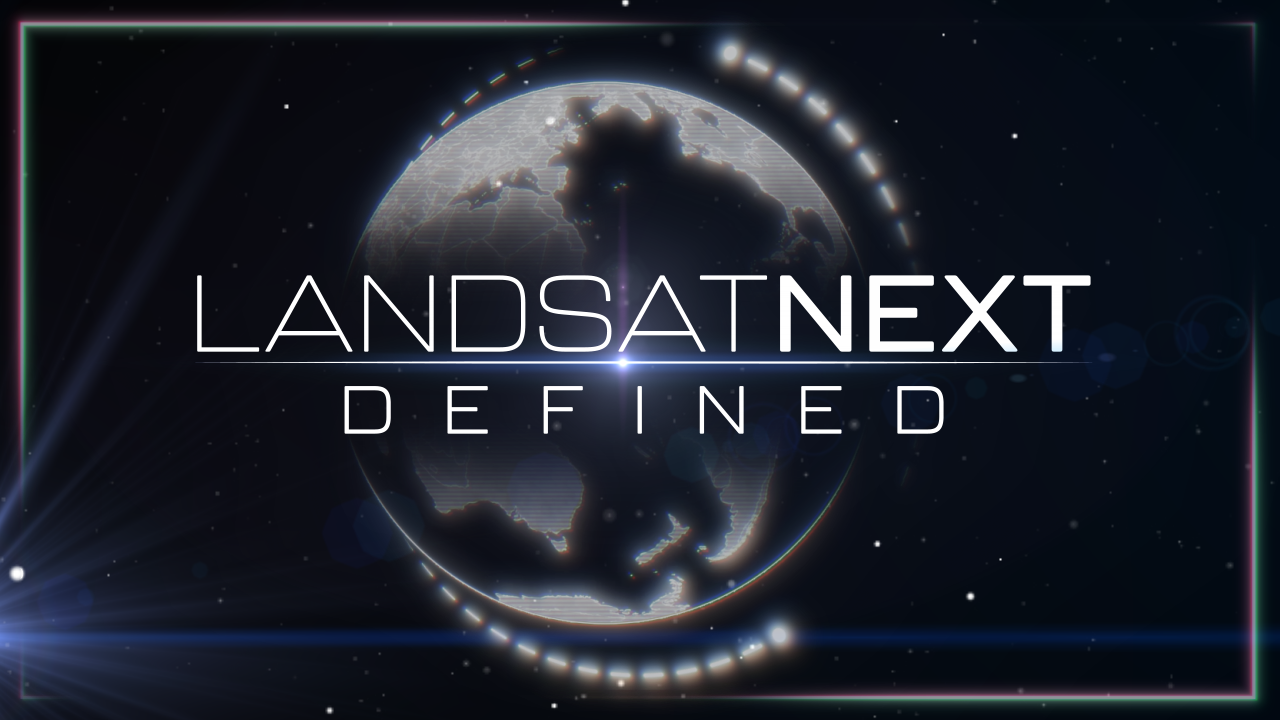Landsat Science (original) (raw)
Landsat Next Defined
June 29, 2023
Landsat Next is on the horizon—the new mission will not only ensure continuity of the longest space-based record of Earth’s land surface, it will fundamentally transform the breadth and depth of actionable information freely available to end users. Take a look at the new capabilities that will define the next Landsat mission.
Landsat Next Defined
June 29, 2023
Landsat Next is on the horizon—the new mission will not only ensure continuity of the longest space-based record of Earth’s land surface, it will fundamentally transform the breadth and depth of actionable information freely available to end users. Take a look at the new capabilities that will define the next Landsat mission.
“Understanding how this planet works and helping people make better, informed decisions is really what we’re about in Earth Science.”
“Satellite data is revolutionizing the way we map the world and the way we understand the natural and anthropogenic processes acting on Earth.”
“Over the years, we’ve used the Landsat imagery to develop an incredibly accurate depiction of Earth and its changes over time, which we’ve published in Google Earth and Maps for use by billions of people worldwide.”
“The long, consistent view of Earth from space provided by Landsat sparks advances in science, enables more efficient natural resources management, and promotes profitable applications of the data in commerce and industry. In step with the National Research Council and other objective reviews, the non-federal Landsat Advisory Group has found that the broad benefits of Landsat far outweigh the cost.”
“It’s being able to go back in time for the same location, with the same program, that’s given us a tremendous amount of really valuable information… With Landsat we can do that because the archive is so rich.”
“Landsat is the only satellite data archive that allows the quantification of vegetation and flooding dynamics relationships across such a large area. Key features unique to the Landsat archive that are paramount for our work include the archive’s temporal depth and detail provided by over a quarter century of systematically acquired time series of imagery at management-relevant spatial resolution.”
“One of the most powerful capabilities we can offer is a continuous global view of our planet. Without the observations of land, precipitation, the atmosphere, and our oceans, we would be flying blind in terms of what trends have been and how we can improve of our models for the future.”
“With Landsat we can see temperature of individual fields and how it varies from field-to-field. The temperature of the land surface gives us a good indication of how rapidly water is evaporating off that surface. And this is really important for knowing how healthy the crops are and also for supplying information for irrigators: how much water was used last week and how much do they need to replenish in the current week to keep the crops healthy.”
“The synergistic use of Landsat, GPM, and GFS can help the world become more water-efficient and energy-efficient in growing food, while also becoming more affordable and convenient for farmers.”
“From now on, we’re going to be able to track all of the different types of changes in glaciers – there’s so much science to extract from the data.”
“What should be done with the old bird?”
“The Landsat Program continues to be one of the most valuable, respected, and referenced Earth observation programs in the world.”
“Landsat satellite data are the most important source we have about how much deforestation happens each year across the Amazon.”
“There’s a lot of information sitting in those spectral bands that is waiting to be uncovered.”
“Landsat has been historically the gold standard reference for calibration of many different missions across the whole globe. The radiometric quality for Landsat Next will be at least as good as any previous Landsat. So, we will maintain that standard for calibration and referencing for all missions.”
“While Landsat instruments are fundamentally just electro-optical transducers that ingest photons and eject a digital bit stream, this transduction relies upon the state of the art in numerous technologies including optics, precision electromechanics, detectors, advanced materials, cryogenics, and signal processing.”
“For 50 years, the Landsat program has documented the conditions on the Earth. Now, in the face of historic droughts, fires, and extreme weather events accelerated by climate change, it is more important than ever for us to continue this program into the future for the next 50 years.”
“While Landsat instruments are fundamentally just electro-optical transducers that ingest photons and eject a digital bit stream, this transduction relies upon the state of the art in numerous technologies including optics, precision electromechanics, detectors, advanced materials, cryogenics, and signal processing.”
“We recognize the essential role forests play in the long-term health of our planet, in contributing to sustainable development, and in meeting our shared goal of avoiding dangerous climate change. More than a billion people depend directly on forests for their livelihoods, and the remaining six billion of us depend on forests for a variety of economic, social, and environmental benefits such as the rainfall, biodiversity, pollinators, carbon storage, and clean water they provide. Forests a…
“The Landsat program provides an unparalleled historical record of coastal observations that captures how the world’s coastlines have changed over time in incredible detail.”
“[I]n 2008 USGS first instituted the policy of giving away Landsat data for free (first with Landsat 7, then the rest of the archive in 2009). It probably felt like a crazy choice at the time after billions of dollars of investment in the program… but the effect was immediate and extraordinary. Roughly a 100-fold increase in downloads in a decade.”
“Over the years, we’ve used the Landsat imagery to develop an incredibly accurate depiction of Earth and its changes over time, which we’ve published in Google Earth and Maps for use by billions of people worldwide.”
“The advent of Landsat data enabled an unparalleled increase in our understanding of the Earth system.”
“We did a study… where we were looking at the main drivers of change in mangrove forests on a global scale. And we would not have been able to do that if it wasn’t for Landsat data and the standardized, well-calibrated data sets that come out of Landsat.”



The NASA/USGS Landsat Program provides the longest continuous space-based record of Earth’s land in existence. Landsat data give us information essential for making informed decisions about Earth’s resources and environment.
